“Global Distributed Antenna System Market to reach a market value of USD 35.18 Billion by 2032 growing at a CAGR of 18.3%”
The Global Distributed Antenna System Market size is expected to reach $35.18 billion by 2032, rising at a market growth of 18.3% CAGR during the forecast period.
The increasing importance of effective communication in large public gatherings and emergencies has driven the demand for DAS installations. Stadiums, convention centers, and government buildings benefit from improved signal coverage and network reliability, supporting public safety operations and seamless user experience during events. Enhanced public safety measures through real-time communication have made DAS a strategic priority. Thus, the public venue & safety segment acquired 26% revenue share in the market in 2024. Moreover, regulations mandating emergency communication coverage have further accelerated deployment in this segment.
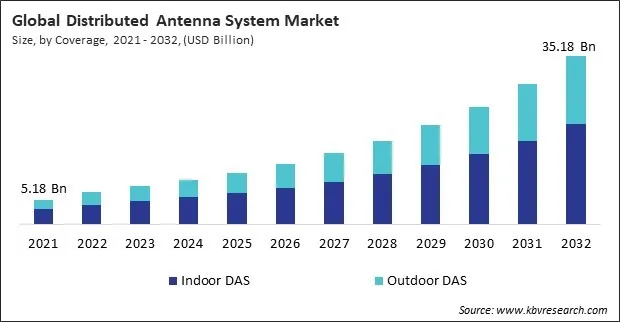
The major strategies followed by the market participants are Partnerships as the key developmental strategy to keep pace with the changing demands of end users. For instance, In January, 2025, Ericsson AB teamed up with 4iG, an IT service management company to build a 5G network in Albania. The goal is to cover 85% of the population by 2030, starting with key areas like airports, ports, and industrial zones. This collaboration supports Albania’s digital transformation and the introduction of next-gen services. Additionally, In December, 2024, Verizon Communications, Inc. announced the partnership with NVIDIA, a computer manufacturer corporation to integrate AI workloads into Verizon’s 5G private network with Mobile Edge Compute (MEC). This solution enhances real-time AI processing, security, and scalability, supporting Generative AI, AR/VR, IoT, and robotics. Verizon aims to drive enterprise AI adoption with ultra-low latency, high bandwidth, and edge computing innovation.
Based on the Analysis presented in the KBV Cardinal matrix; Verizon Communications, Inc. is the forerunner in the Distributed Antenna System Market. Companies such as AT&T, Inc., Huawei Technologies Co., Ltd., and TE Connectivity Ltd. are some of the key innovators in Distributed Antenna System Market. In February, 2025, Ericsson AB announced the partnership with Telstra, a telecommunications company to launch a programmable 5G Advanced network, using Open RAN hardware and AI-driven automation to enhance network performance. The upgrade offers improved capacity, energy efficiency, and tailored connectivity services, supporting the growth of Industry 4.0 and empowering developers with new opportunities through network APIs.
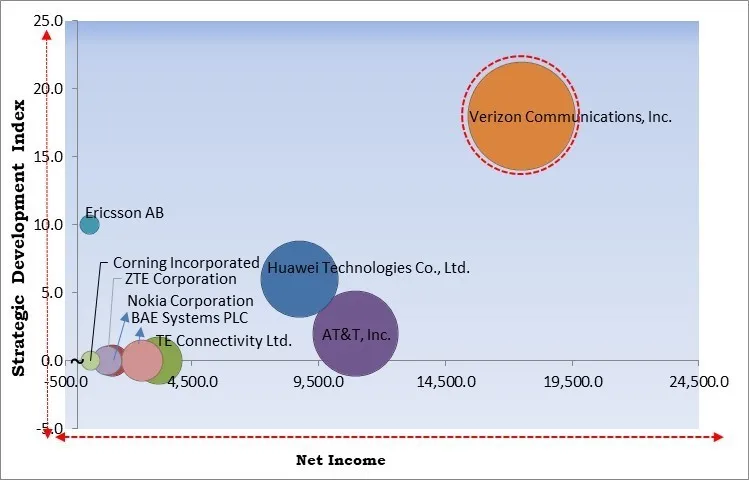
Urban areas and high-density locations are typically hotspots for mobile usage, with large populations relying on cellular networks for communication, work, and entertainment. As mobile phones, smart devices, and wearables become integral parts of everyday life, the demand for reliable, high-speed mobile network coverage in such areas has surged. However, dense urban environments, with their many high-rise buildings and other obstructions, can often hinder the efficient transmission of signals from traditional cell towers, leading to poor reception and dropped connections. Thus, DAS ensures robust mobile network coverage in high-density urban environments.
Additionally, the rapid increase in mobile data traffic is one of the primary drivers behind adopting Distributed Antenna Systems (DAS). Mobile data usage has skyrocketed with the proliferation of smartphones, video streaming, social media, and data-intensive applications. This surge in mobile data demand often overwhelms the capacity of traditional cellular networks, especially in high-traffic areas like malls, concert halls, and sports stadiums, where thousands of users may be simultaneously streaming videos or downloading large files. Hence, DAS is a key enabler in the face of growing mobile data traffic and modern connectivity demands.
One of the key restraints for adopting Distributed Antenna Systems (DAS) is the high initial investment and installation costs. Deploying DAS involves a substantial capital outlay for purchasing equipment such as antennas, cabling, and signal distribution units. Additionally, installation requires specialized technical expertise, which can add to the overall expense. The infrastructure must be carefully designed and installed to ensure optimal performance, especially in complex environments like urban buildings or large public spaces. This requires coordination with construction teams, architects, and engineers, which can further increase costs. Hence, the substantial capital required to deploy and maintain DAS can limit its adoption, especially among cost-conscious businesses or regions with budget constraints.
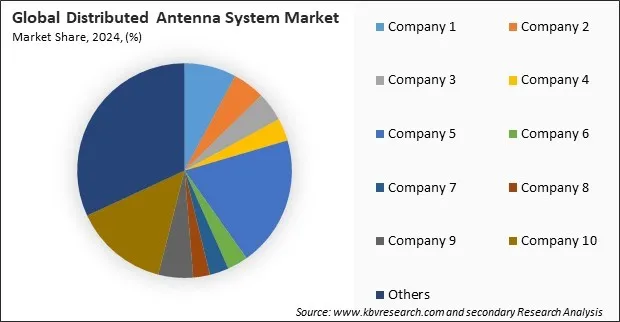
The leading players in the market are competing with diverse innovative offerings to remain competitive in the market. The above illustration shows the percentage of revenue shared by some of the leading companies in the market. The leading players of the market are adopting various strategies in order to cater demand coming from the different industries. The key developmental strategies in the market are Partnerships, Collaborations & Agreements.
Free Valuable Insights: Global Distributed Antenna System Market size to reach USD 35.18 Billion by 2032
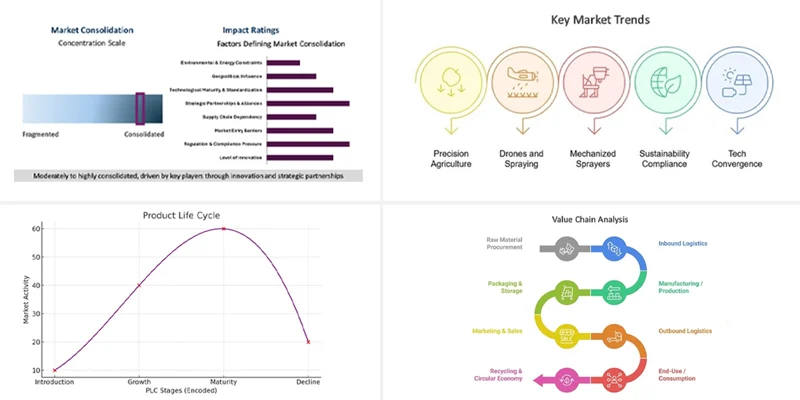
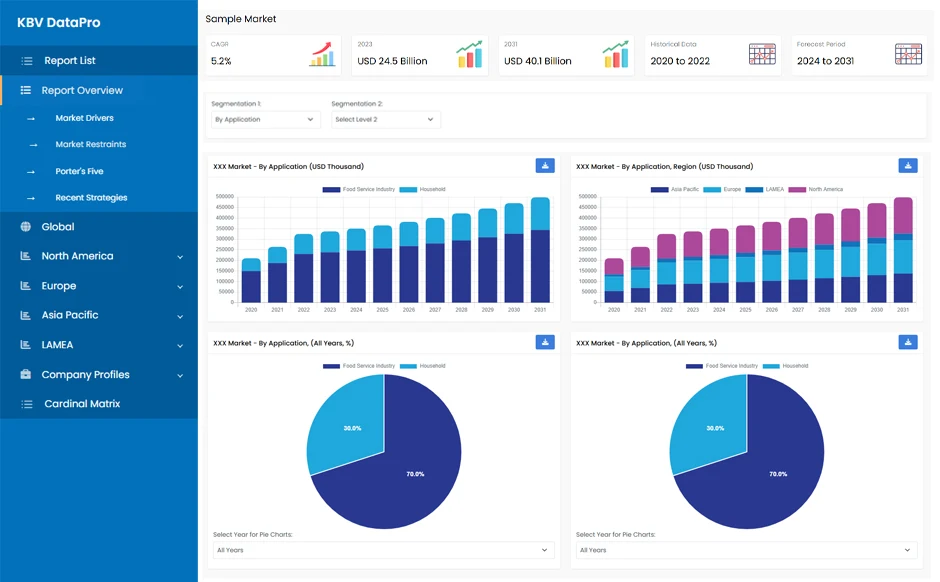
Based on coverage, the market is characterized into indoor DAS and outdoor DAS. The outdoor DAS segment procured 39% revenue share in the market in 2024. Outdoor DAS is increasingly being implemented in public spaces such as stadiums, campuses, transportation hubs, and urban centers where large crowds require reliable mobile connectivity.
The indoor DAS segment is further subdivided into active DAS, passive DAS, and hybrid DAS. The hybrid DAS segment acquired 38% revenue share in the market in 2024. Hybrid DAS combines the features of both active and passive DAS, offering a balanced solution in terms of cost, scalability, and performance. It is particularly suitable for medium-sized facilities where full active DAS might be too expensive and passive DAS may not meet coverage needs.
On the basis of ownership, the market is classified into carrier ownership, neutral-host ownership, and enterprise ownership. The neutral-host ownership segment recorded 51% revenue share in the market in 2024. This model enables multiple carriers to share a single DAS infrastructure, reducing costs and streamlining network deployment. It is especially attractive for large venues like airports, stadiums, and shopping malls where supporting multiple networks is essential.
By signal source, the market is divided into on-site base transceiver station, off-air antennas, and small cell. The on-site base transceiver station segment witnessed 34% revenue share in the market in 2024. This can be attributed to its ability to provide dedicated and high-capacity network coverage, especially in high-traffic areas such as commercial buildings, stadiums, and transportation hubs. On-site BTS offers enhanced network performance and reliability control, making it a preferred choice for large-scale deployments.
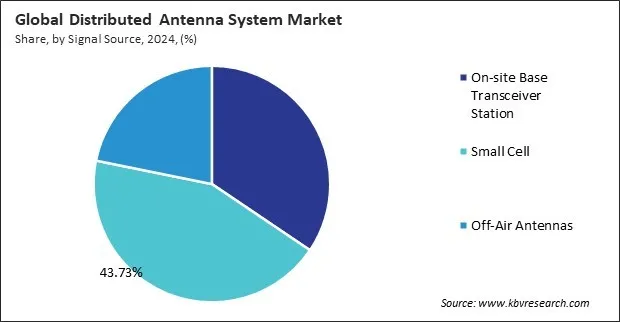
Based on application, the market is segmented into public venue & safety, hospitality, airport & transportation, healthcare, education sector & corporate offices, industrial, and others. The healthcare segment attained 10% revenue share in the market in 2024. Modern healthcare facilities increasingly adopt wireless technologies for real-time patient monitoring, telemedicine, and operational efficiency. Implementing DAS helps overcome connectivity challenges within large hospital campuses and ensures uninterrupted communication among medical staff and devices.
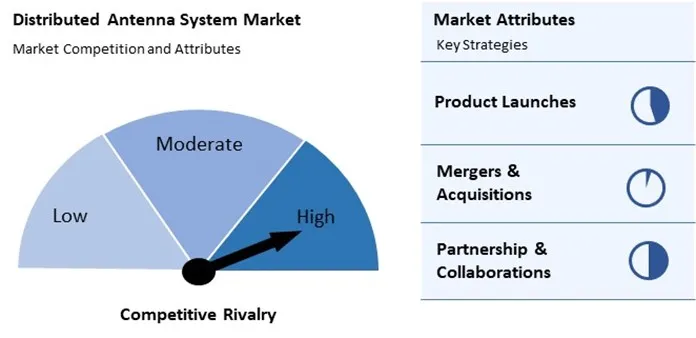
The Distributed Antenna System (DAS) market exhibits intense competition driven by rapid technological advancements and increasing demand for seamless connectivity in indoor and outdoor environments. Market players are focusing on innovation, system integration capabilities, and service quality to gain a competitive edge. Price competitiveness, network scalability, and efficient installation are key differentiators. Additionally, firms are expanding their portfolios with hybrid solutions and targeting niche applications in healthcare, transportation, and commercial real estate to strengthen market positioning and enhance customer retention in a fragmented landscape.
Region-wise, the market is analyzed across North America, Europe, Asia Pacific, and LAMEA. The Europe segment witnessed 29% revenue share in the market in 2024. The growth in this region is primarily driven by the rising focus on enhancing in-building wireless communication and the growing demand for high-speed internet in urban and rural areas. Investments in smart building projects and increasing mobile data usage have contributed to market expansion.
| Report Attribute | Details |
|---|---|
| Market size value in 2024 | USD 9.31 Billion |
| Market size forecast in 2032 | USD 35.18 Billion |
| Base Year | 2024 |
| Historical Period | 2021 to 2023 |
| Forecast Period | 2025 to 2032 |
| Revenue Growth Rate | CAGR of 18.3% from 2025 to 2032 |
| Number of Pages | 395 |
| Number of Tables | 563 |
| Report coverage | Market Trends, Revenue Estimation and Forecast, Segmentation Analysis, Regional and Country Breakdown, Competitive Landscape, Market Share Analysis, Porter’s 5 Forces Analysis, Company Profiling, Companies Strategic Developments, SWOT Analysis, Winning Imperatives |
| Segments covered | Coverage, Ownership, Signal Source, Application, Region |
| Country scope |
|
| Companies Included | AT&T, Inc., Ericsson AB, Huawei Technologies Co., Ltd. (Huawei Investment & Holding Co., Ltd.), Nokia Corporation, CommScope Holding Company, Inc., Verizon Communications, Inc., ZTE Corporation, BAE Systems PLC, TE Connectivity Ltd. and Corning Incorporated |
By Coverage
By Signal Source
By Ownership
By Application
By Geography
This Market size is expected to reach $35.18 billion by 2032.
Rising Demand for Enhanced Mobile Network Coverage in Urban Areas and High-Density Locations are driving the Market in coming years, however, High Initial Investment and Installation Costs for Distributed Antenna Systems restraints the growth of the Market.
AT&T, Inc., Ericsson AB, Huawei Technologies Co., Ltd. (Huawei Investment & Holding Co., Ltd.), Nokia Corporation, CommScope Holding Company, Inc., Verizon Communications, Inc., ZTE Corporation, BAE Systems PLC, TE Connectivity Ltd. and Corning Incorporated
The expected CAGR of this Market is 18.3% from 2023 to 2032.
The Indoor DAS segment is leading the Market by Coverage in 2024; thereby, achieving a market value of $20.9 billion by 2032.
The North America region dominated the Market by Region in 2024, and would continue to be a dominant market till 2032; thereby, achieving a market value of $11.42 billion by 2032.
Our team of dedicated experts can provide you with attractive expansion opportunities for your business.
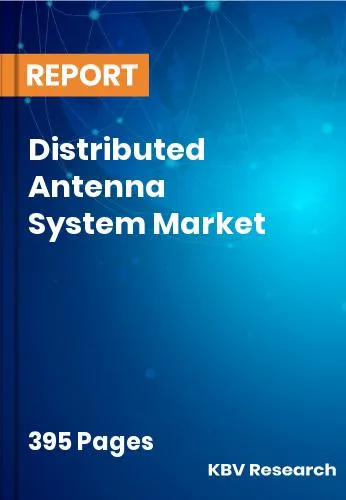
 Drivers
Drivers
 Restraints
Restraints
 Opportunities
Opportunities
 Challenges
Challenges
